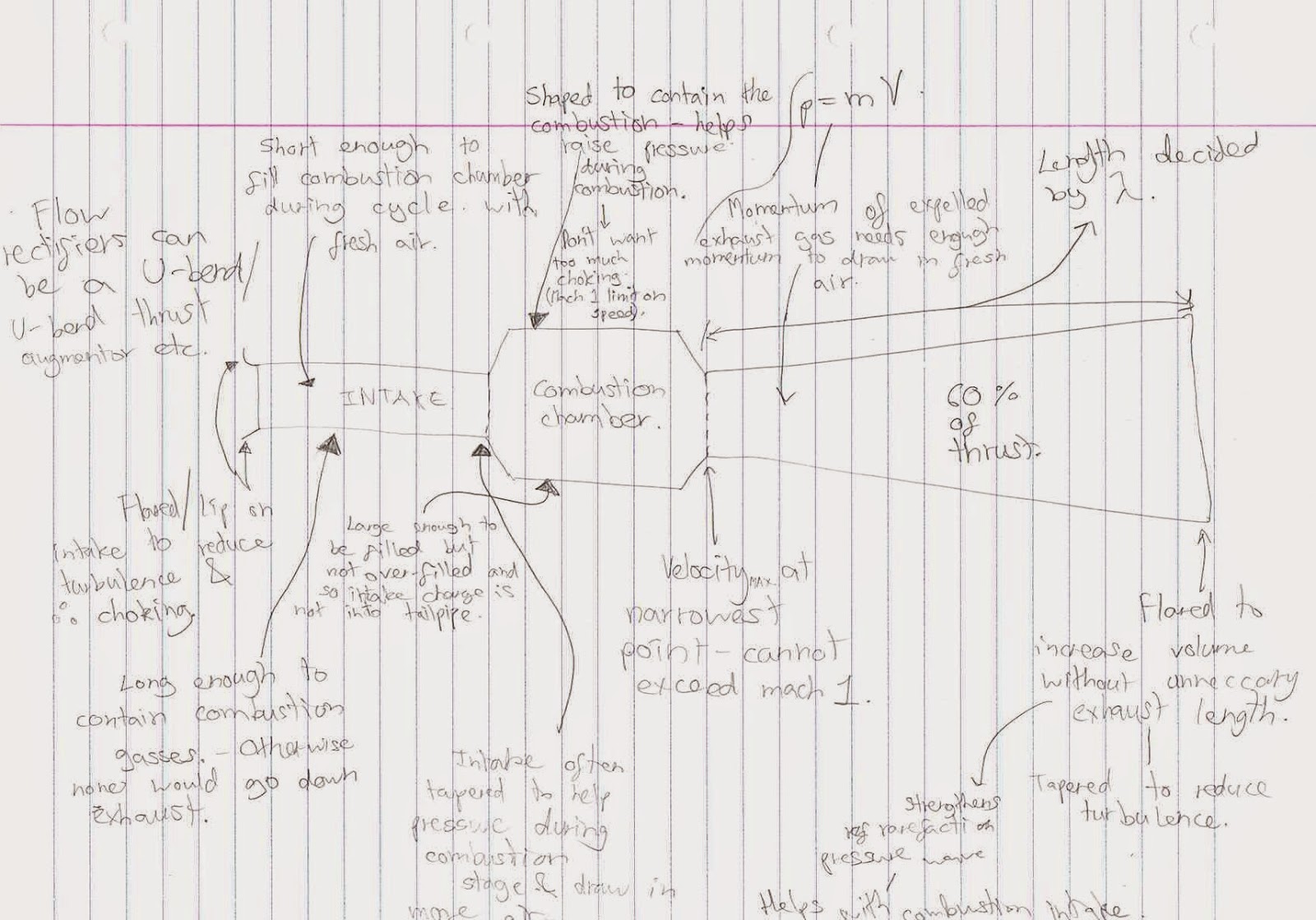I wasn't particularly optimistic as people have said it's difficult to start in the first place and I was worrying that the fuel rod may not be able to deliver enough fuel fast enough.
However I was wrong.
It started ridiculously easily using compressor-different to the usual use of a leaf blower.
I was also worried the it would just melt out due to thickness of mild steel but fortunatly we didn't run it long enough to see that happen. It did start burning the wooden pallet and glowed red hot though.
My Dad was controlling the gas flow with the cylinder regulator from a distance whilst I started it (typical). The gas regulator acted as a throttle replacing the need for valves like other models I have seen use.
It was quite loud (although not as loud/deafening as I'd expected-ear protection wasn't really needed). It also shook the ground and I even saw a neighbour across the road open a window to find out what the noise was. This would've been made worse if we'd have run it up to full throttle-we only went up to about half in this run.
The steps from here that I would like to take are:
To test the thrust produced
Run it at full throttle and possibly at night to see it glowing red hot
Attatch to a go-cart for a laugh.
Make a 'turbocharger' jet engine or another pulsejet-possibly valved?



















































